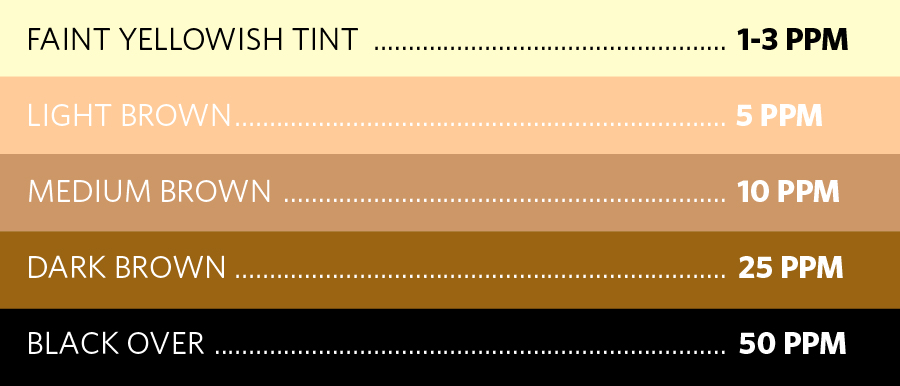Hi Donna,
Thank you so much for the paper! I'm not quite sure if my school has any polyvinylidene fluorine or meganese dioxide. This will definately be a consideration if my school has these materials!
Yeah I was thinking about running a few microbial fuel cells with the most efficient lead-reducing isolated bacteria so that I can look at the voltages they generate. However I realized that it may be way too much work

.
How would I be able to determine the mechanisms behind the bacteria reduction of lead? I know that they could use them as final electron acceptors, undergo cell accumulation, enzymatic detoxification, acid production, and a few biotransformation reactions:
http://pubs.sciepub.com/plant/1/3/4/.
Of course if this step is too complicated or time-consuming, I may leave it for next year's project. I have a few ideas to detect the reduction of Pb+2 to insoluble lead, bioaccumulation, and acid production by the bacteria, but I have no idea how to detect enzymatic detoxification or biotransformation reactions. Here is my summary of ideas:
1. Detection of Pb+2 to insoluble lead: use a spectrophotometer to run through a liquid culture of bacteria grown with Pb+2 before and after the addition of lead. Potential concerns: bacteria may grow and cause turbidity, thus results are not valid. The idea is that insoluble lead will sink to the bottom of the culture, thus absorbance will be reduced.
2. Bioaccumulation: Measure lead content before and after addition of lead to liquid bacteria culture. Tests for insoluble and soluble lead will be used. (I kind of hope that the bacteria I isolate can undergo this, as the heavy metals can be extracted for recycling from the cells) The idea is that the bacteria will absorb all the lead (or most).
3. Acid production: Measure pH and find acid responsible for the pH. Then measure lead concentrations.
Please note that I have done no research on the validity of those methods. I will do more research on this later.
Thank you! Your advice so far is really helpful!

CMS


